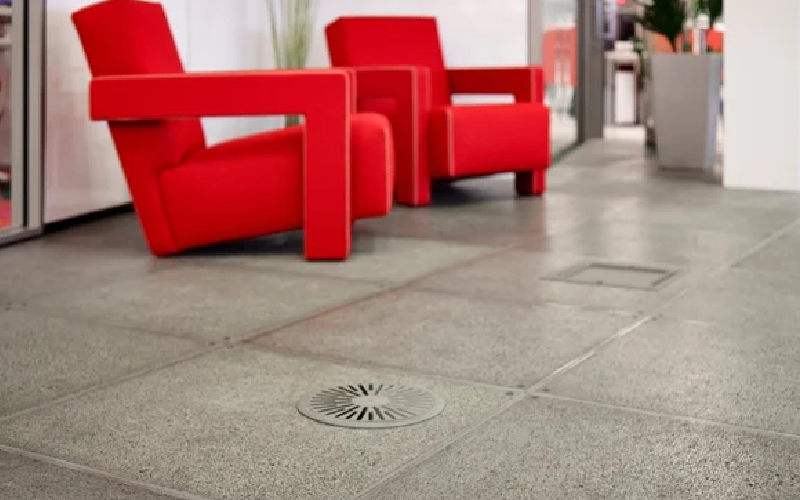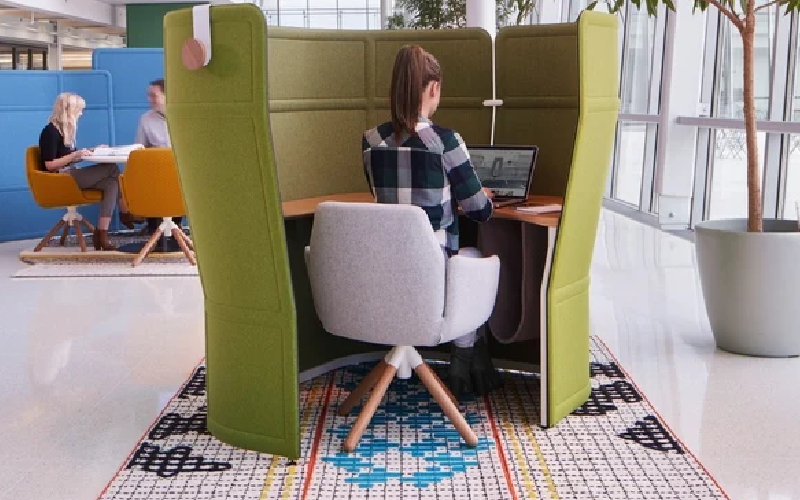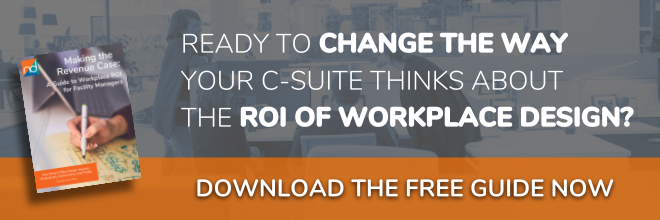Office Acoustics: 9 Ways to Manage Sound in the Workplace
By Matt Brady

Need to turn down the volume on your co-workers? Here are some simple noisy office solutions for every budget
When it comes to workplace distractions, noise is king.
Studies have shown that acoustic distractions are the number one annoyance for office workers and an insidious sapper of productivity.
Modern workplace layouts only seem to be making the problem worse. After all, when you tear down walls and put everyone into an open environment, the physical office space can become an echo chamber of keyboard clicks, telephone rings and cross-talk. It can become total auditory chaos.
But it doesn’t have to be so annoying. There are tools and techniques for managing the acoustics of your workplace. You can adjust and direct the flow of sound in an office the same way that you equalize and optimize a home audio system.
Before we share 9 easy ways lower the volume at work, let’s talk quickly about noise…

How sound affects our ability to work
Noise affects our focus, cognition and productivity. It stresses us out. It leaves us frustrated and fatigued.
It even stifles our creativity.
When it comes to workplace noise, technology has been a blessing and a curse.
Thanks to computers, we no longer have to endure choruses of clacking mechanical typewriters. We don’t have to listen to that terrible dial-up modem song, the deafening beeps of a busy fax machine, or the grating whine of a dot-matrix printer. Work-life has grown (comparatively) much quieter.
But we’re still faced with a symphony of beeps, alerts and pings. Co-workers continue to crunch, cough, slurp and sneeze at their computers. And of course, people still talk… a lot.
When it comes to conversations, it doesn’t take much to knock us off track.
One study noted that just listening to one additional conversation can make us 66% less productive.

The speech transmission index (STI) is a measure of speech intelligibility. One study noted that an STI of .30 can affect our memory and cognition. Most open office environments have an average STI of .65.
So, are open offices a recipe for acoustic disaster? Not necessarily. We say, don’t blame the layout, just improve the design.
After all, sound waves move through the air. Theoretically, they “flow” the same way that information and people “flow” through a physical space or company’s business process.
The ultimate goal of great workplace design is to maximize the efficiencies and flow from one point to the next. If you think of an office as an ecosystem, every part needs to work together. That includes employees, paperwork and even less tangible items like light and sound.
Ready to (NOT) make some noise?
The best time to tackle serious sound issues is in the design phase. The smartest workplace design plans include recommendations for managing acoustics.
But what can you do if you’re facing noise challenges in your workplace today? How do you turn the distraction levels down and the productivity up?
GOOD NEWS: There are plenty of design solutions and low-tech and high-tech tactics for reducing noise in your office right now.

1. Watch where you step and tread lightly
Few choices make a bigger impact on office acoustics than flooring. Hard surfaces can generate tons of noise pollution, but carpet isn’t the only alternative. Even if you’re committed to hard floors, there are a number of underlayment options that can reduce impact noise when set underneath wood or tile. Vinyl, cork and rubber floors may work even better for some companies.
2. Throw your voice and scream into your pillow
Since sound is simply waves of moving air, you can use sound-absorbing panels to stop it from going where it’s not welcome. The panels can be placed strategically to “sop up the sound.” Think of what happens when you yell into a pillow. Since handing out “scream pillows” isn’t exactly practical, you can hang, mount, or install panels that are designed to catch and contain sounds that wander and bounce off of high ceilings and walls.
You can find panels in just about any size or color. There are wall, ceiling and free-standing panels made from plastics, fabrics and foam. You can even find custom acoustic paints and sealers.
3. Press “mute” on the outside world
It’s a noisy world out there. That’s why there’s such a thing as noise-canceling windows, sound-blocking inserts and other high-tech solutions that help keep the noise outside from creeping into your workplace. Sometimes that great downtown office has a front-row seat to the not-so-great downtown traffic. There’s nothing like a midtown bus or a pack of firetrucks to ruin a perfectly good conference call.
If you don’t need to mute a major metropolis or hush a commuter train but still need peace, try adding noise-reduction shades or soundproof blinds.

4. Cover your ears and crank it up
Headphones have become the go-to, low-tech solution for writers, programmers and “heads-down” workers who need to concentrate inside a busy office. If you don’t have the luxury of grouping employees by work function, headphones are an easy way to keep everyone “in their own lane.”
Remember that density will play an issue here. If everyone in close proximity chooses to listen to different music at the same time, you can end up with an even bigger distraction for those with uncovered ears. You may want to recommend white noise apps or provide company-issued noise-canceling headphones.

5. Build a rainforest buffer zone
In addition to their ability to purify the air and improve mood, plants do an excellent job of absorbing sound. Creative placement of corporate-approved greenery can help block and redirect sound. “Living walls” can add dynamic visual impact to otherwise ordinary spaces. Just keep in mind that, unlike acoustic panels, umbrella trees and weeping figs require water and light to keep doing their job. Want maximum sound absorption? Choose plants and trees with wider leaves.
6. Give the squeaky wheels some grease
Here’s some low-hanging acoustic fruit. If your office contains a collection of “older” or frequently used mobile pieces of furniture, a can of spray lubricant can work wonders. Eliminate (or repair) pieces that are notoriously noisy. Target anything that scrapes or grinds across hard surfaces, any loud drawers, or squeaky hinges. This goes for clunky old tech or pesky small office appliances. You may even want to evaluate the future of that ping-pong table that “seemed like such a good idea at the time.”
7. Relocate the noisy neighbors
Some people are noisier than others because, well, that’s their job. Salespeople have to make calls. Customer service folks need to answer them. Others work more in their heads on the screens in front of them. For them, focus is a precious commodity and every conversation above a whisper knocks them off track.
Your best option is always to reorganize. Move the noisy neighbors to another “part of town.” What if that just isn’t possible? Try to find other ways to keep them apart using creative schedules or novel uses of your existing space (turn a conference room into a “quiet office”).

8. Invest in some solitary confinement
In some cases, the walls that came down to create that open office space may just need to go back up… in a different configuration. Movable walls, partitions and dividers can be used to block noise and create pockets of relative solitude. You may even want to try freestanding quiet rooms, portable offices, pods and booths that add privacy without reverting back to closed doors and pulled blinds.
9. Add some color to your background noise
Not all office noise is bad news. Masking sound with white noise can be an effective solution. White noise provides a layer of sound that helps keep workers from getting dragged into nearby conversations or cross-talk. Be sure to explore all of the colors of noise before choosing one that works for your office.
White noise sounds most like static and is good for masking all types of sounds. Pink noise is closer to ocean waves or rain and maybe more relaxing. Brown noise has a warmer sound, like low-frequency thunder and works better to mask lower tones.
Managing the acoustics of your office is only one aspect of creating a smart workplace design. Want to read about more?
Click below to download our FREE guide!


